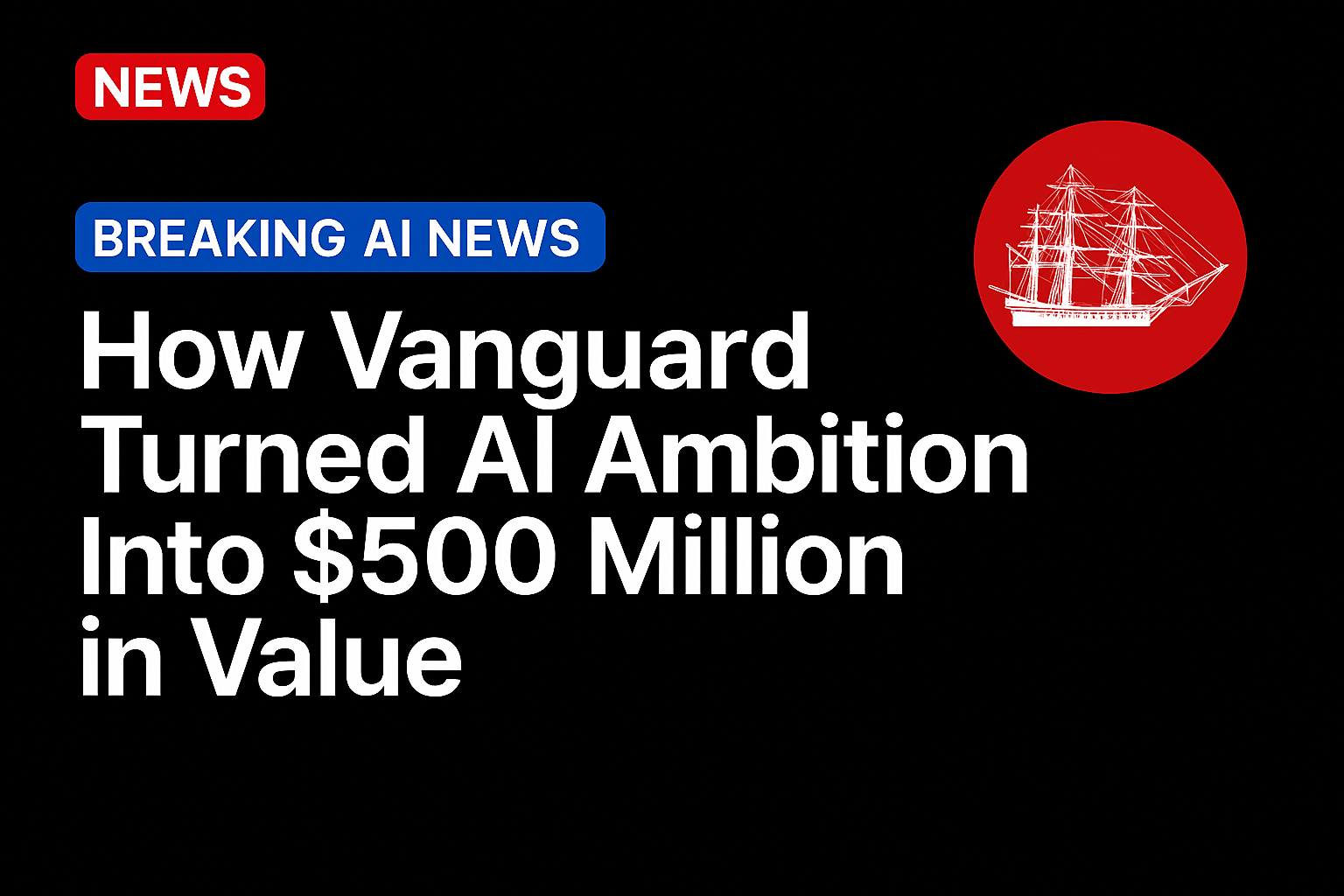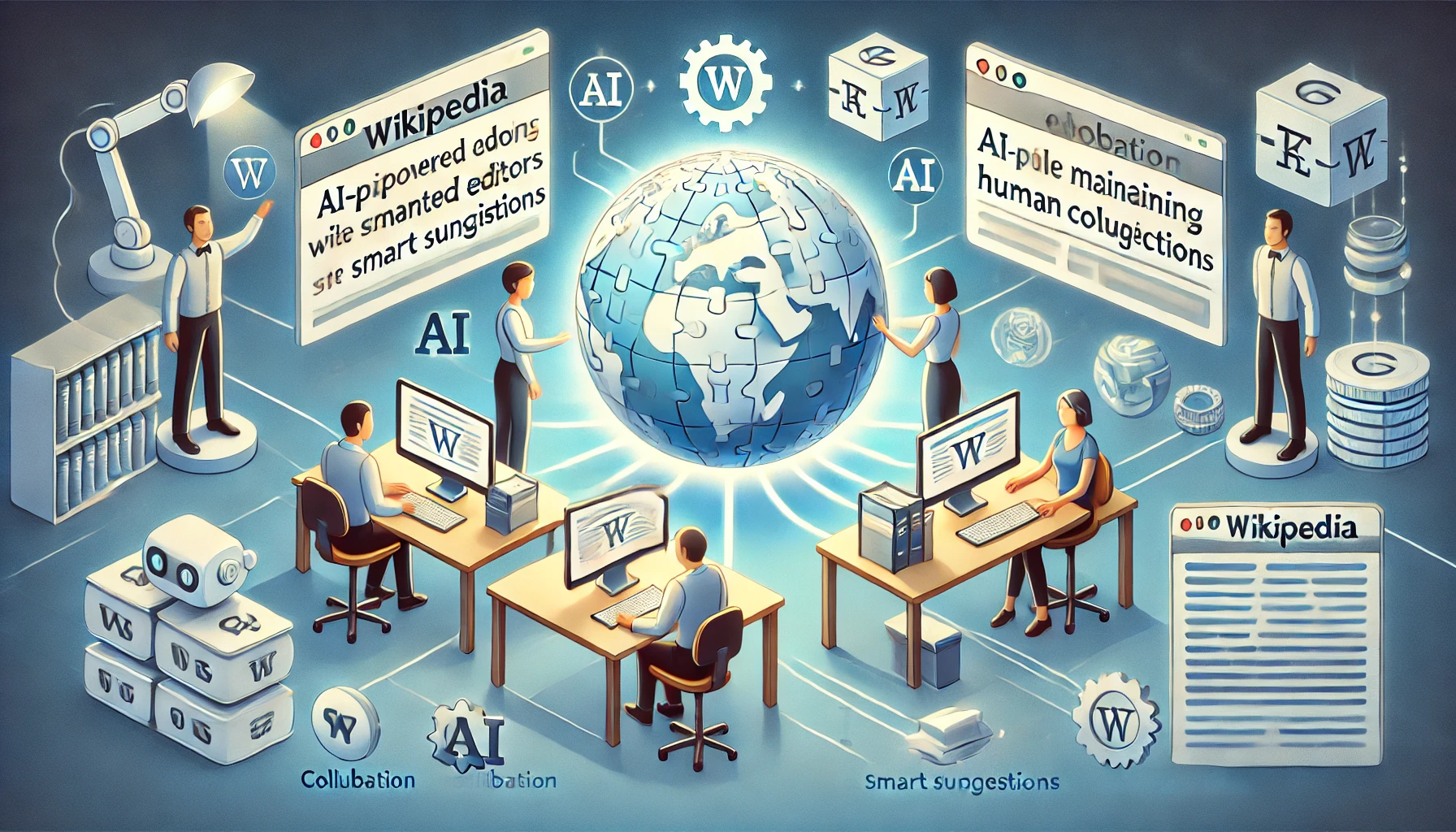
Vanguard Group has turned artificial intelligence from a pilot program into a profit engine, generating more than $500 million in measurable business value across customer service, analytics and software development, according to MIT Sloan Management Review. The $11 trillion asset manager’s methodical rollout shows how large financial institutions can use AI to boost productivity while maintaining trust, governance and employee engagement.
From Call Centers to Investment Analytics
As mentioned in MIT Sloan analysis on Monday (Oct. 27), Vanguard’s first wave of AI deployments focused on service and productivity. Its “Crew Assist” tool, powered by Azure OpenAI, helps call-center representatives handle investor inquiries more efficiently, while an automated report generator produces customized market summaries for more than 150,000 advisers. Both tools have reduced call-handling times and improved customer satisfaction.
The firm’s “Digital Advisor” applies machine learning to model job-loss risk and unemployment duration, tailoring financial-planning recommendations even for clients with minimal balances. A separate call-summarization model automatically drafts meeting notes and follow-ups, reducing administrative work by nearly 50 percent.
Vanguard’s research arm has also trained a large-language model on 22,000 corporate earnings-call transcripts to forecast dividend cuts. Companies flagged as negative were five times more likely to announce reductions within a month, underscoring how generative models can supplement traditional financial analysis. As reported by MIT Sloan, Chief Information Officer Nitin Tandon said AI is “embedded where it makes the most difference in decisions that improve investor outcomes and streamline how our teams deliver value.”
Building Infrastructure and Redefining Productivity
While Vanguard has taken a focused, high-ROI approach, JPMorgan Chase is expanding AI across the enterprise. Its “LLM Suite” supports more than 200,000 employees and includes 175 active AI applications, from automated research assistants to wealth-management tools that helped boost sales.
And JPMorgan isn’t the only company to tap into AI-powered tools for insights into wealth management. BlackRock has also integrated generative AI capabilities into Aladdin, its portfolio management platform used by global institutions, providing portfolio managers with faster insights into exposures and scenario analysis.
Workforce, Governance and the Agentic Future
Half of Vanguard’s 20,000 employees have completed its internal AI Academy training program, designed to improve literacy and responsible use. Each system is monitored for drift, bias and performance under the company’s governance framework. Chief Data Analytics Officer Ryan Swann told MIT Sloan Review that Vanguard’s success sees “the best outcomes when humans and machines collaborate, not compete.” That approach mirrors findings from the World Economic Forum’s AI in Financial Services report, which found that 70 percent of financial executives expect AI to drive revenue growth but warned that scaling safely depends on workforce readiness and governance discipline.
Citigroup is also emphasizing human-AI collaboration through its “agentic AI” system, Stylus Workspaces, which allows employees to perform multi-step workflows, such as market analysis and report summarization, with a single prompt. The tool connects directly to Citi’s internal databases and collaboration platforms, turning AI into an end-to-end task manager. The rollout began in September and is expected to expand globally next year.
Across the industry, finance leaders are shifting from cost-based AI metrics to performance-based ones. A PYMNTS report found that CFOs increasingly view AI as a driver of growth and revenue rather than just operational savings, a change reflected in how firms like Vanguard and Citi quantify ROI in business terms rather than experimentation.
Source: https://www.pymnts.com/




